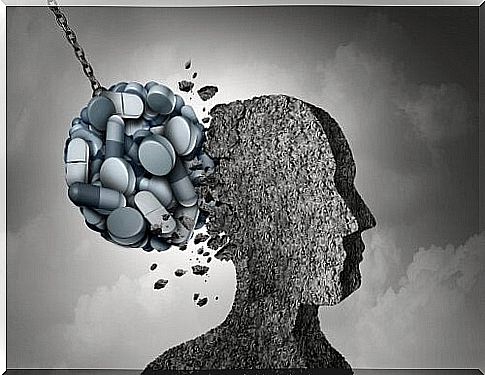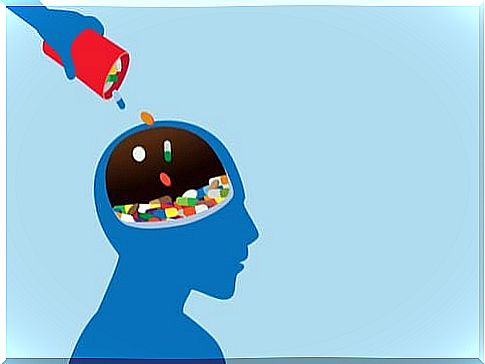Opioid Use And Its Effect On The Brain

The serious health crisis currently experienced in the United States by the epidemic of opioid addiction is putting the country and its institutions in serious trouble. The issue is serious because, at the moment, the authorities have not been able to find a short-term solution.
80% of the world production of opioids, whether it is consumed through medical prescriptions or from an illegal source, takes place in the United States. Health services are failing to deal with the countless deaths caused by opioid consumption.
It is estimated that, in the country, approximately 200 people die every day due to addiction to opioids. What’s more, the total number of deaths from addiction already equates to the deaths of American soldiers in the Vietnam War.
The data being released today about the high incidence of addiction that consumption of opioids such as Oxycontin, known as Oxycodone Hydrochloride, or morphine derivatives such as Fentanyl, has set off all the alarms. Statistics speak of addiction in more than 10% of patients only in the first five days of consumption.
This crisis has been declared a “national public health emergency” in the United States. Therefore, below, we will analyze what opioids are, how they act in the human brain and what studies are currently being carried out regarding these drugs.

what are opioids
Opioids are pain relieving drugs whose active ingredients are extracted from the seeds of the opium plant. They are natural substances known for a long time to be found in poppy seeds. In 1803 an opium alkaloid was isolated; later, derivatives such as codeine and heroin were developed.
Opioids or narcotics are a strong analgesic prescribed in cases of acute or chronic pain, especially for cancer-related pain. The problem is that there are many risks associated with its consumption, especially the high rates of addiction that are generating in patients.
We say patients because many of these addicted people were prescribed the medicine after a surgical operation, an accident or after breaking a bone, for example.
Until 1914, opium was legal in the United States, but it was banned because of the high tolerance it generates and the severe withdrawal syndrome it causes. It is one of the most addictive drugs in the world as it reaches the brain very quickly. It produces a powerful effect of analgesia, drowsiness and gratifying sensations of pleasure.
There are three types of opiate substances:
- Opium alkaloids such as morphine (the prototype opiate) and codeine;
- Semi-synthetic opioids such as heroin and oxycodone;
- Completely synthetic opioids such as pethidine and methadone.
How do they act on the brain?
All drugs of abuse activate the brain system’s gratification pathways. This system comprises the ventral area of the tegmentum, the nucleus accumbens and the prefrontal cortex. The perception of pain implies the participation of different neural structures.
Through the afferent pathways, this substance reaches the brainstem and diencephalon regions, including the thalamus and periaqueductal gray matter. Furthermore, synapses are produced in the thalamus, projecting to other areas such as the frontal lobe, limbic system or hypothalamus, mainly.
Opioids act on the afferent system (paths through which the stimulus travels to the brain), but they also act on the efferent system (opposite pathway). Furthermore, they activate the excitatory connections between the periaqueductal gray matter and the raphe nuclei. Painful stimulus is reduced by inhibiting GABA-containing interneurons.

What is being done to end the crisis generated by the consumption of opioids?
There are countless “precedents” that this opioid consumption crisis opened. There is a very important demand for assistance from people who have developed an addiction to these medications. This is because, in the absence of new prescriptions, these people are resorting to the illegal market and replacing such drugs with heroin, as it is cheaper and easier to obtain.
Remarkable work is being carried out by the research team at Mount Sinai, Florida. This research focused on an intracellular network that controls the actions of opioids in the periaqueductal substance, as this network plays a very important role in the analgesic response.
These researchers managed to block the RGSz1 gene, responsible for encoding the negative modulator of opioid tolerance. The result was a significant reduction in pain with much lower doses of medication. Furthermore, the effect achieved through the medication is less gratifying, an important factor in the development of addiction.
The team is currently evaluating the currently prescribed opioids. They want to classify them by their abuse potential based on the RGS protein they activate. Thus, their findings could be decisive in the fight against this serious epidemic of opioid consumption.









